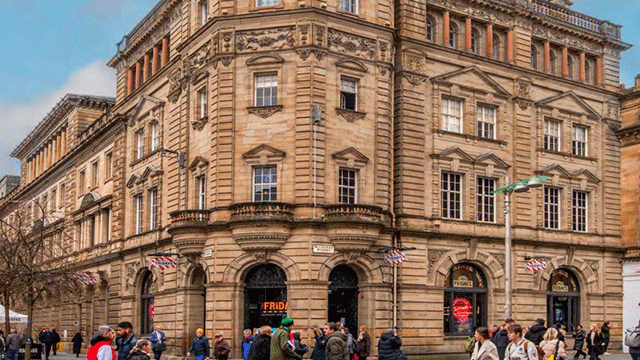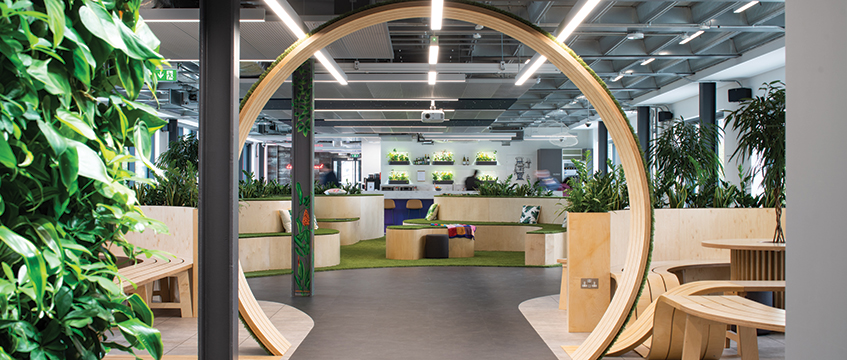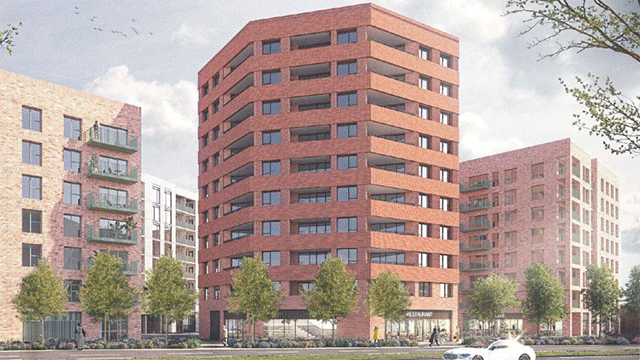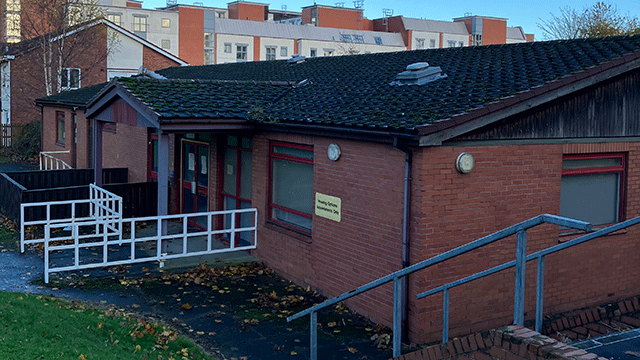Great Portland Estates buildings that are not suitable for retrofitting to a new set of standards launched by the REIT today could find themselves evicted from the portfolio.
A new sustainability statement of intent which sets out a range of ESG principles for the REIT to reach by 2030 places the adaptability and resilience of buildings at the centre of its strategy. Those buildings that cannot adapt to the principles put in place by the business are likely to be sold from the portfolio, and certainly are unlikely to be added to it.
GPE’s four ESG pillars
- Decarbonise the business to become net zero by 2030
- Design climate change-resilient and adaptable spaces
- Create a lasting positive social impact in its communities
- Put health and wellbeing front and centre of the group’s operations.

“When we think about strategy, it may well be that over the next few years we look at certain buildings that we are unable to retrofit – not just green roofs and similar, but actually more fundamentally where we think the carbon footprint is only going to get worse – and I’m sure it will be the case that we will make strategic decisions based upon that sort of input, which historically we wouldn’t have done,” said chief executive Toby Courtauld.
“Over time, I am absolutely sure that we will be making acquisition and disposal and refurb and development decisions with that whole question right bang in the middle of it.”
He added: “The sustainability ambitions of business have been a moral question for a very long time. They have gone from being morally right to now being morally right and absolutely economically essential.
“That is driving so many businesses to be considering their futures in a sustainability context much more aggressively than ever before.”
Joined-up thinking
While sustainability and social impact has been a part of the GPE business ethos for decades, Courtauld said that the combined statement of intent brought its four pillars of ESG together in a single, clear message for all stakeholders.
The REIT has set itself a target of decarbonising the business over the next decade. By 2030 it said it will reduce its energy intensity across its occupied portfolio by 40% and its carbon intensity by 69%. For new-builds and refurbishments it has set itself a goal of reducing embodied carbon by 40%.
Head of sustainability Janine Cole said that the REIT would only offset any residual carbon in the business once all the other measures to reduce its emissions had been put in place.
The group has also set a target of increasing its biodiversity net gain by 25% across its portfolio as part of its strategy to only design, build and own climate-resilient and adaptable spaces. GPE will prioritise renewable energy technologies and shift away from fossil fuels to electricity-based heating systems.
Under its health and wellbeing pillar, GPE will be focusing on improving both external and internal air quality – externally through biodiversity measures and internally through improved building systems.
Five years from now, businesses that have embraced these necessary changes will be steps ahead – if not miles ahead – of those that haven’t
Toby Courtauld, Great Portland Estates
Focus on communities
The REIT has committed to creating at least £10m of social value in its local communities, starting with the GPE Community Fund, which has raised more than £280,000 from the GPE board – with more expected to come from company-wide employees. The fund will focus on local London communities impacted by Covid-19, including vulnerable sections of society, increasing green spaces in the capital and investing in education resources for children who need support following Covid-19.
“These are seismic changes and will require serious effort,” said Courtauld. “It is going to be a huge challenge, and we shouldn’t underestimate that.”
However, Courtauld said that the business had no choice but to rise to the challenge. “Increasingly our consumer, our customer, is going to demand that we do it, and we will begin to see the occupier community differentiate between good space and bad space from a sustainability and wellbeing contribution standpoint. There’s no doubt we will begin to see investors draw that conclusion as well once our customer is drawing that conclusion,” he said.
“Five years from now, businesses that have embraced these necessary changes will be steps ahead – if not miles ahead – of those that haven’t. And they will have a customer and consumer relationship that is completely different and much more productive and positive.”
Click here to read GPE’s sustainability statement of intent in full.
To send feedback, e-mail samantha.mcclary@egi.co.uk or tweet @samanthamcclary or @estatesgazette











